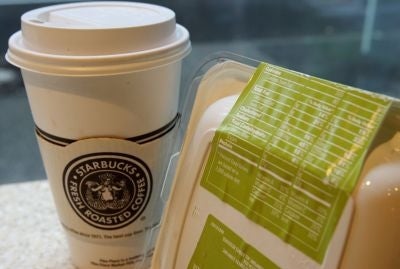A new report studying the impact food labeling laws have made on consumer choices in the US has found that one in six customers used the nutritional information to choose items with lower calories.
Since New York made it mandatory for restaurant chains to provide nutritional information on menu boards, consumers have been making small but positive choices, researchers said. The law, which applied to chains that have more than 15 locations nationwide, was enacted in 2008.
The report, published on the British Medical Journal website this week, was written to help guide urban planners in England, where certain high streets will likewise embark on a similar scheme. Participation, however, would be voluntary.
Since the new labeling laws went into effect, 15 percent of customers reported using the calorie information to influence their food choice. On average, these customers purchased foods with 106 fewer calories than those who didn't use the nutritional labeling.
Researchers also found that three major fast-food chains saw significant reductions in calories purchased.
The average energy or calories per purchase among consumers at McDonald's, for instance, dropped by 5 percent. At Au Bon Pain the average number of calories fell by 14 percent, and at KFC it fell by 6 percent.
Subway, meanwhile, saw a significant increase in the number of calories purchased - 18 percent - because large portions were being heavily promoted, researchers said.
Surveys were carried out in 2007 - one year before the regulation - and in the spring of 2009 after the implementation of the law.
A total of 15,800 customers provided registered receipts from 11 top fast-food chains.
Meanwhile, a recent study published this month in the Journal of the American Medical Association found that some restaurants were mislabeling food items, knocking about 100 calories off the real calorie content. Researchers from Tufts University found that 19 percent of the 269 food items sampled contained more calories than stated.
http://www.bmj.com/content/343/bmj.d4464
Subscribe to Independent Premium to bookmark this article
Want to bookmark your favourite articles and stories to read or reference later? Start your Independent Premium subscription today.


Join our commenting forum
Join thought-provoking conversations, follow other Independent readers and see their replies